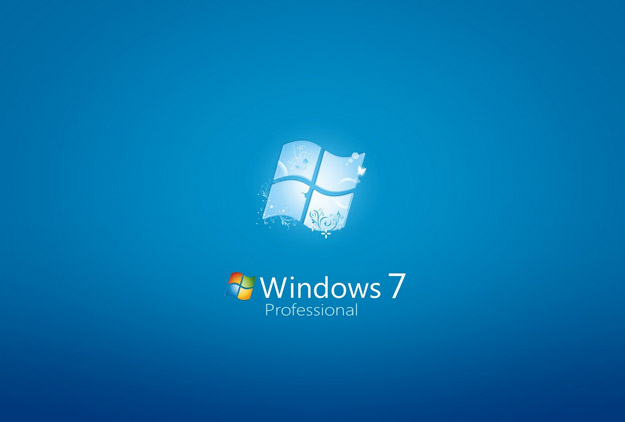Microsoft Says Windows 7 No Longer Fit For Active Duty, Customers Should Embrace Windows 10
When it comes to operating systems of the past two decades, Windows XP had a remarkably long run thanks to its robust app and hardware support (and ubiquity). Microsoft hoped to build on these strengths with its successor, Windows Vista, but ultimately failed. So, when Windows 7 came around, it was seen as a breath of fresh, taking many of the positives of Windows Vista and melding it into a powerful an feature-packed operating system.
To many consumers and businesses, Windows 7 has been the “gold standard” for the past seven years and see little reason to upgrade. Windows 8 and Windows 8.1 didn’t make them budge, and even Windows 10 has not sparked an urge to upgrade systems. As a result, Microsoft is trying to implore customers to leave Windows 7 behind, saying that it just is not equipped to handle modern PCs or modern security threats.

Mainstream support for Windows 7 ended around this time two years ago, and extended support will cease on January 14th, 2020. That means that technical support, product updates and security updates will no longer be provided for Windows 7 after that time. While that deadline is still three years away, Microsoft took to its German website to prod customers to make the upgrade sooner rather than later.
“After more than 10 years on the market a logical decision: 2009 appeared, Windows 7 was the first step on the way to the cloud,” said Microsoft in a blog posting (excuse the rough translation). “Today, Windows 7 can no longer keep up with the increased security requirements.”
“Today, it does not meet the requirements of modern technology, nor the high security requirements of IT departments,” added Markus Nitschke, Head of Windows for Microsoft Deutschland. "As early as in Windows XP, we saw that companies should take early steps to avoid future risks or costs.

"With Windows 10, we offer our customers the highest level of security and functionality at the cutting edge.”
It’s hard to argue with Microsoft’s reasoning. Windows 10, while rough around the edges when it was originally launched in July 2015, has evolved to become a robust consumer, business, and gaming platform. As we reported earlier this morning, changes made in the Anniversary Update have allowed Windows 10 to neutralize zero-day threats before Microsoft could even deploy official patches, and the enthusiast community has slowly warmed up to the operating system.
And with the upcoming Windows 10 Creators Update, Microsoft is once again emboldening its operating system with improved security, better performance, new features for gamers, and improved touch support for content creators.

